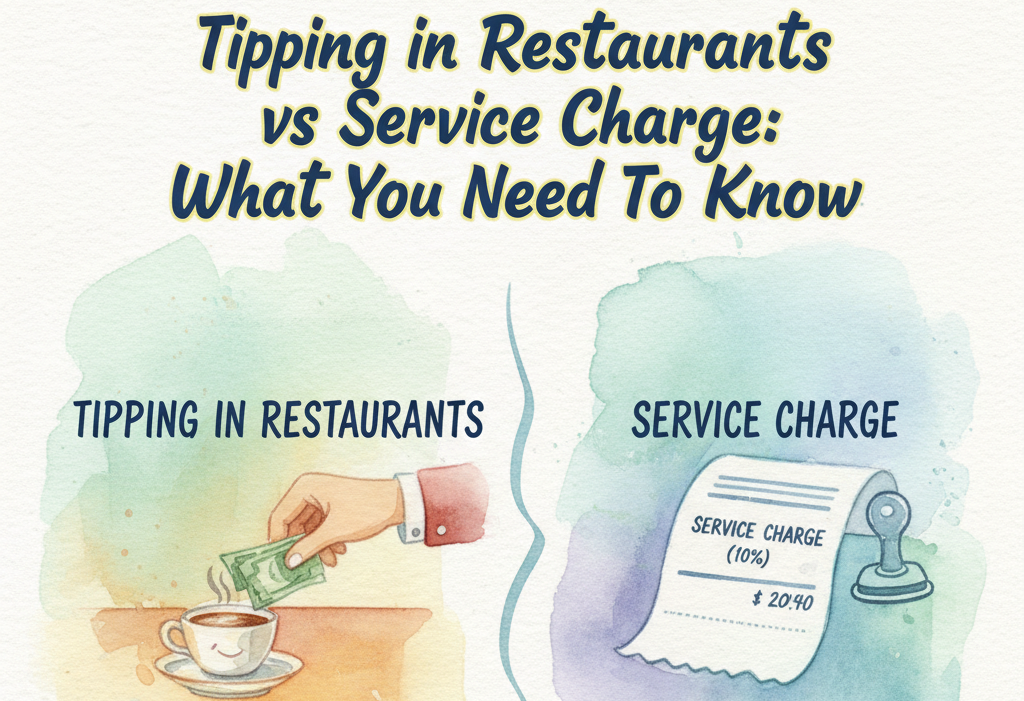Attention, restaurant owners! Embarking on a culinary journey requires thoughtful decisions. As you navigate the dynamic landscape of the food industry, the choice between Quick Service Restaurants (QSRs) and Casual Dining can be pivotal. This guide offers insights into the distinct advantages and drawbacks of each format, empowering you to make informed decisions aligned with your establishment’s unique identity. Explore the diverse ingredients of success as you embark on your culinary venture!
What is a Quick Service Restaurant (QSR)?
A Quick Service Restaurant, commonly known as QSR, is characterized by its fast-paced service and convenience. These establishments prioritize efficiency and quick turnaround times, making them ideal for those on the go. Popular QSR chains include McDonald’s, Subway, and Taco Bell, which have become synonymous with swift service and standardized operations.
Quick service is the hallmark of QSRs, emphasizing speed and convenience. Customers can expect to receive their orders promptly, often opting for counter service rather than traditional table service.
What is a Casual Dining restaurant?
A Casual Dining restaurant, in contrast, focuses on providing a relaxed and enjoyable dining experience. These establishments aim to create a comfortable atmosphere where customers can savor their meals at a leisurely pace. Examples of well-known Casual Dining chains include Olive Garden, Chili’s, and TGI Fridays, which emphasize ambiance and a diverse menu.
Unlike QSRs, Casual Dining establishments typically offer table service, allowing customers to enjoy a more personalized experience. The ambiance is often characterized by a welcoming environment, making it conducive to extended dining sessions.
Key differences between QSR and Casual Dining formats
Pricing: QSRs generally offer more affordable options, targeting budget-conscious consumers. Casual Dining restaurants, on the other hand, are often moderately priced.
Ambiance: QSRs maintain a fast-paced, no-frills atmosphere, while Casual Dining restaurants provide a more relaxed and inviting setting.
Menu variety: QSR menus are usually limited, focusing on a few core items, while Casual Dining restaurants offer a wider range of dishes and customizable options.
Table service: QSRs primarily function through counter service, with customers placing orders at a counter. Casual Dining restaurants provide table service with waitstaff attending to customers.
Target audience: QSRs cater to those seeking quick, convenient meals, often prioritizing speed and affordability. Casual Dining restaurants target customers looking for a more leisurely dining experience, valuing ambiance and diverse menu options.
Advantages and Drawbacks of Casual Dining Restaurants
Advantages of Casual Dining Restaurants: Casual Dining establishments offer a relaxed ambiance, diverse menu options, higher-quality ingredients, and personalized service, providing patrons with an enhanced dining experience.
Drawbacks of Casual Dining Restaurants: However, these venues often come with higher prices, longer dining times, potential inconsistencies in service and food quality, and may require reservations during peak hours. Balancing these factors is crucial for both customers seeking a leisurely experience and restaurateurs aiming to meet expectations while managing operational challenges.
Advantages and Drawbacks of Quick Service Restaurants
Advantages of QSRs: Quick Service Restaurants (QSRs) excel in quick service, affordability, convenience, consistent quality, and standardized operations. They cater to time-conscious consumers seeking fast and budget-friendly dining options.
Drawbacks of QSRs: However, QSRs may have a limited menu, less ambiance, potential for lower food quality, and a perceived lack of uniqueness. Striking a balance between speed and maintaining quality is a constant challenge. Despite these drawbacks, the efficiency and cost-effectiveness of QSRs make them popular choices for those prioritizing convenience in their dining experience.
Factors to consider before choosing between a casual dining restaurant and QSR
Before choosing between QSRs and Casual Dining Restaurants, consider personal preferences, time constraints, menu preferences, and budget. Evaluate the target audience and location, analyzing local market dynamics to align with customer preferences. For entrepreneurs, factors like investment costs, potential profit margins, scalability, and the competitive landscape are crucial. Balancing these considerations ensures that the chosen restaurant format aligns with individual needs, maximizing the chances of success in the competitive food industry. Thorough restaurant market research and understanding of these factors are essential for making an informed decision that resonates with both consumers and business goals.
In conclusion, the choice between QSRs and Casual Dining rests on individual preferences, budget, and business goals. QSRs excel in speed and affordability, while Casual Dining offers a diverse, relaxed experience. Whether prioritizing convenience or a memorable meal, it’s essential to weigh advantages and drawbacks. For diners, consider your desired experience and budget, and analyze local markets and business goals. This decision is as personal as your favorite dish, so savor the options and choose wisely!



